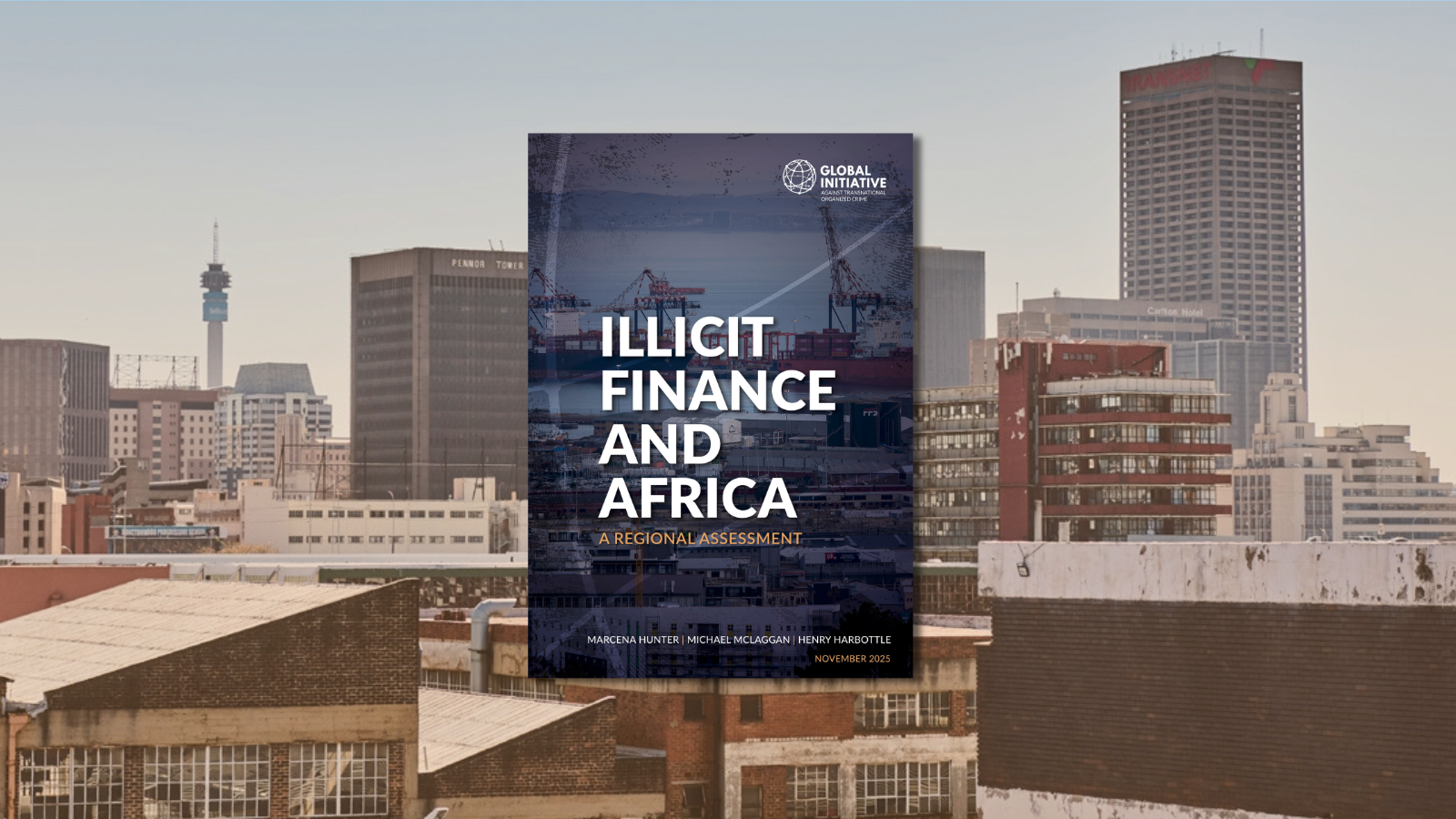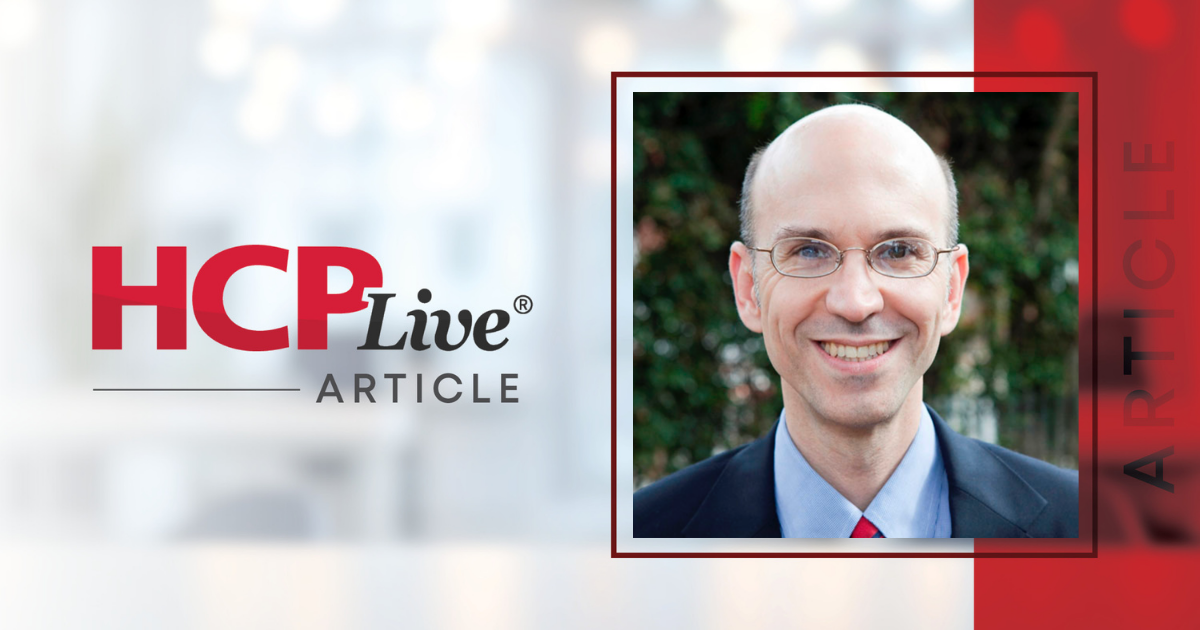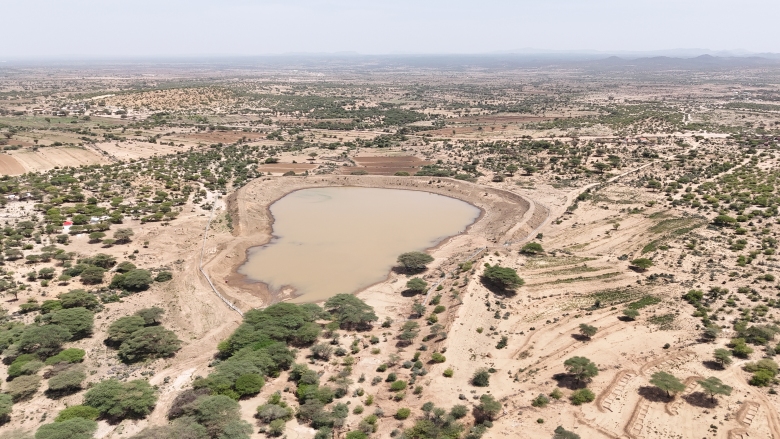Webinar Financial Inclusion – Triodos Investment Management

Report on the Webinar: Advancing Sustainable Development Goals through Financial Inclusion
Event Overview
An upcoming webinar scheduled for 23 September will address the critical role of microfinance in promoting social and economic stability, with a specific focus on its alignment with the United Nations Sustainable Development Goals (SDGs). The session is designed to provide actionable insights for investors and sector specialists on the future of microfinance from the perspectives of impact, risk, and return. The discussion will center on practical strategies for building resilience and fostering a robust, inclusive financial sector, particularly in the face of uncertainty.
Panel Composition and Key Discussion Points
The event will feature a panel of sector specialists moderated by Rebecca Spohrer, Impact Manager at Triodos Investment Management. The key speakers will provide diverse perspectives on strengthening the microfinance sector to advance global development objectives.
- Dmitrii Svinarenco: CEO of Microinvest, a leading Moldovan microfinance institution.
- Tim Crijns: Fund Manager of the Triodos Financial Inclusion funds.
The agenda will focus on strategies that directly contribute to the SDGs, including:
- Building economic resilience for underserved communities.
- Mitigating financial risk to ensure institutional stability and client protection.
- Fostering an inclusive financial sector that supports sustainable economic growth.
- Analyzing the intersection of impact, risk, and return in investments that target development goals.
Alignment with Sustainable Development Goals (SDGs)
The webinar’s core theme—that microfinance is a powerful engine for stability—is intrinsically linked to achieving several key SDGs. The discussion will explore how targeted financial services can be a catalyst for progress in the following areas:
- SDG 1 (No Poverty): By providing access to capital for low-income individuals, microfinance enables entrepreneurship and income-generating activities, offering a direct pathway out of poverty.
- SDG 8 (Decent Work and Economic Growth): The session will highlight how microfinance supports small and medium-sized enterprises (SMEs), which are crucial for creating jobs, stimulating local economies, and promoting inclusive and sustainable economic growth.
- SDG 10 (Reduced Inequalities): Financial inclusion is a primary tool for reducing inequality. The webinar will examine how extending financial services to marginalized groups, including women and rural populations, provides them with the means to achieve economic self-sufficiency and social mobility.
- SDG 5 (Gender Equality): A significant portion of microfinance clients are women. The discussion will touch upon how empowering women economically contributes to gender equality and has a positive ripple effect on families and communities.
- SDG 17 (Partnerships for the Goals): The collaboration between fund managers like Triodos and microfinance institutions like Microinvest exemplifies the multi-stakeholder partnerships necessary to mobilize financial resources and expertise to achieve the SDGs.
Analysis of Sustainable Development Goals in the Article
1. Which SDGs are addressed or connected to the issues highlighted in the article?
The article on microfinance and financial inclusion directly or indirectly addresses several Sustainable Development Goals (SDGs). The core themes of providing financial services to underserved populations, fostering economic stability, and building resilience are central to the following goals:
- SDG 1: No Poverty: The article’s focus on “microfinance” as a tool for “social and economic stability” directly connects to SDG 1, which aims to end poverty in all its forms. Microfinance provides the poor with access to capital, which is a critical step in building assets and escaping poverty.
- SDG 8: Decent Work and Economic Growth: By discussing the creation of a “robust, inclusive financial sector,” the article aligns with SDG 8. Financial inclusion is a key enabler of economic growth, as it supports entrepreneurship and the development of micro- and small enterprises, which in turn create jobs.
- SDG 10: Reduced Inequalities: The concept of an “inclusive financial sector” is central to reducing inequalities. Microfinance targets individuals and groups who are typically excluded from traditional banking systems, thereby promoting their economic inclusion and reducing the gap between the rich and the poor.
2. What specific targets under those SDGs can be identified based on the article’s content?
Based on the article’s discussion of microfinance and financial inclusion, the following specific SDG targets can be identified:
- Target 1.4 (under SDG 1): “By 2030, ensure that all men and women, in particular the poor and the vulnerable, have equal rights to economic resources, as well as access to basic services, ownership and control over land and other forms of property, inheritance, natural resources, appropriate new technology and financial services, including microfinance.”
- Justification: The article explicitly mentions “microfinance” and the goal of fostering an “inclusive financial sector,” which directly corresponds to this target’s aim of expanding access to financial services for the poor and vulnerable.
- Target 8.10 (under SDG 8): “Strengthen the capacity of domestic financial institutions to encourage and expand access to banking, insurance and financial services for all.”
- Justification: The article highlights a “leading Moldovan microfinance institution” (Microinvest) and “Triodos Financial Inclusion funds,” which are examples of the types of institutions whose capacity needs to be strengthened to expand financial services, as specified in this target.
- Target 10.2 (under SDG 10): “By 2030, empower and promote the social, economic and political inclusion of all, irrespective of age, sex, disability, race, ethnicity, origin, religion or economic or other status.”
- Justification: The article’s central theme is that microfinance is a “powerful engine for social and economic stability” through an “inclusive financial sector.” This directly supports the goal of promoting economic inclusion for all, which is the core of Target 10.2.
3. Are there any indicators mentioned or implied in the article that can be used to measure progress towards the identified targets?
The article does not mention any official, quantitative SDG indicators. However, it implies several qualitative and activity-based indicators that could be used to measure progress:
- Implied Indicator for Target 1.4 & 8.10: The existence and operation of specialized financial institutions and funds. The article mentions “leading Moldovan microfinance institution Microinvest” and “Triodos Financial Inclusion funds.” The number, scale, and reach of such entities can serve as an indicator of progress in expanding access to financial services. This relates to the official indicator 8.10.2 (Proportion of adults with an account at a financial institution).
- Implied Indicator for Target 10.2: The development of a “robust, inclusive financial sector.” While not a specific metric, progress could be measured by assessing the diversity of clients served by microfinance institutions and the range of financial products available to previously excluded populations.
- Implied Indicator for Overall Impact: The article refers to microfinance as a “powerful engine for social and economic stability.” This implies that progress could be measured by tracking macroeconomic indicators like local economic growth, poverty rates, and employment levels in areas with high microfinance penetration. The concept of “building resilience” also suggests tracking the ability of households to withstand economic shocks.
Summary of SDGs, Targets, and Indicators
| SDGs | Targets | Indicators (Implied from the article) |
|---|---|---|
| SDG 1: No Poverty | 1.4: Ensure equal rights to economic resources and access to financial services, including microfinance. | The scale and reach of microfinance institutions serving the poor. |
| SDG 8: Decent Work and Economic Growth | 8.10: Strengthen domestic financial institutions to expand access to financial services for all. | The number and capacity of active microfinance institutions and financial inclusion funds (e.g., Microinvest, Triodos Financial Inclusion funds). |
| SDG 10: Reduced Inequalities | 10.2: Empower and promote the social and economic inclusion of all. | The robustness and inclusivity of the financial sector, measured by the diversity of clients and services offered. |
Source: triodos-im.com

What is Your Reaction?
 Like
0
Like
0
 Dislike
0
Dislike
0
 Love
0
Love
0
 Funny
0
Funny
0
 Angry
0
Angry
0
 Sad
0
Sad
0
 Wow
0
Wow
0










/campaigns/16-days-of-activism-against-gender-based-violence/pr-web-banner.tmb-1200v.jpg?sfvrsn=8cc7b98e_1#)





































































